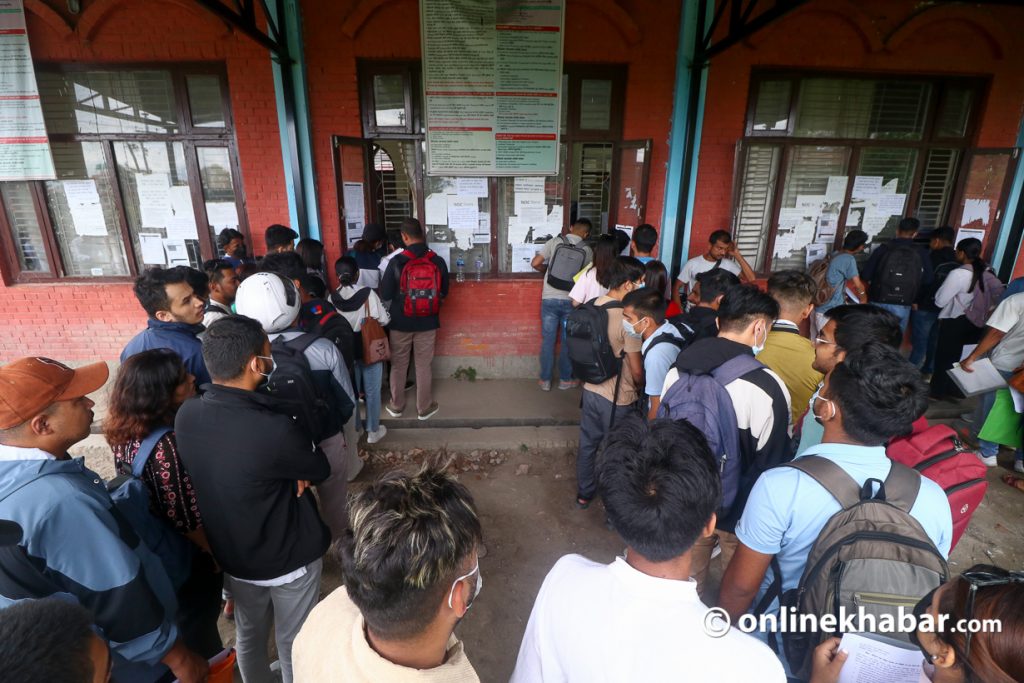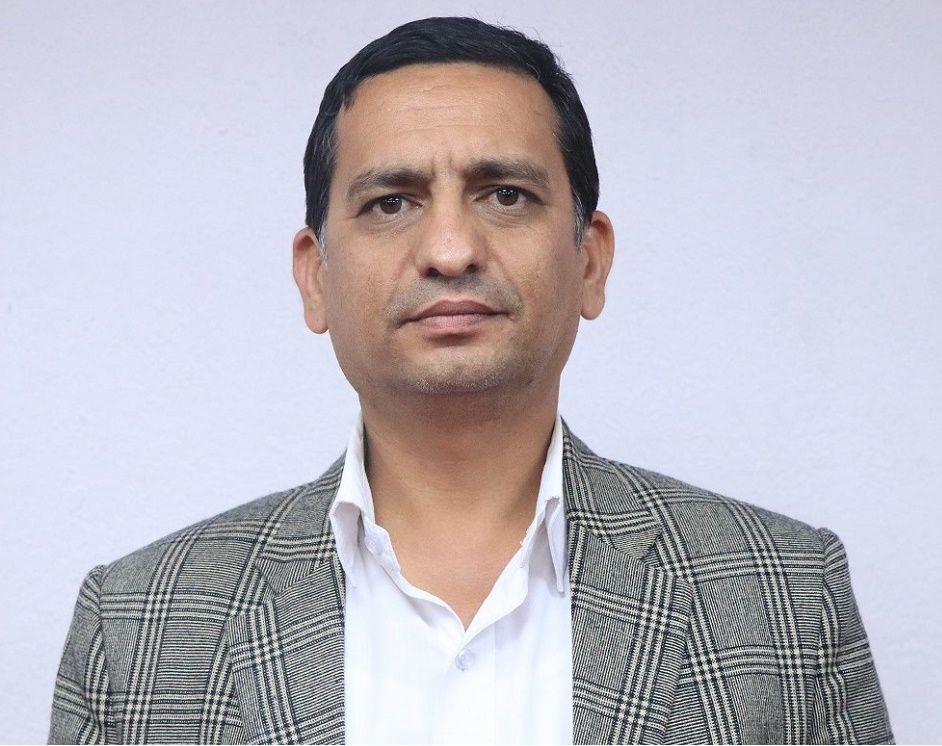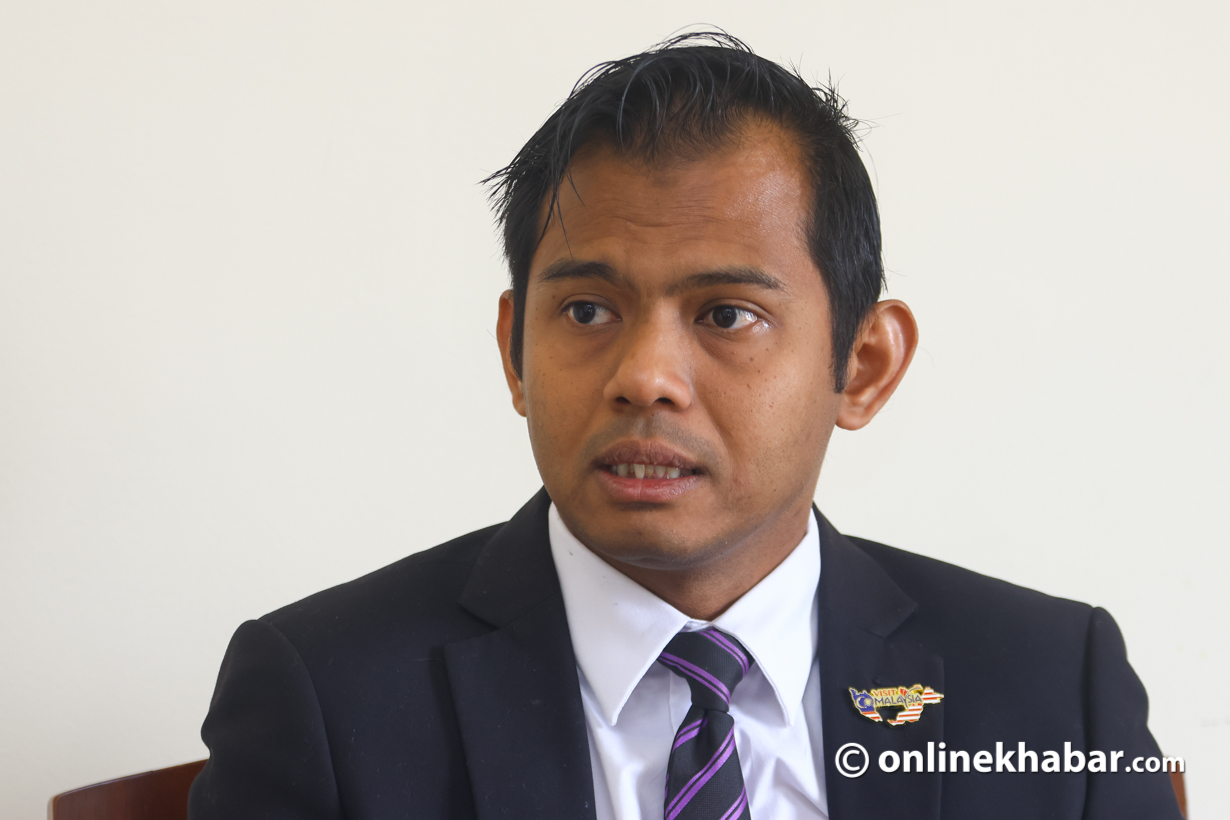
In recent years, there has been a noticeable surge in the trend of Nepali youth migrating to foreign countries. This migration is multi-faceted, involving both educated and skilled individuals seeking better opportunities, as well as those facing economic hardships looking for foreign employment in various capacities.
It is important to explore the driving factors, pros, and cons associated with this increasing migration, shedding light on the complex dynamics shaping the future of Nepal’s youth.
Educational migration: The changing landscape
Traditionally, Nepali students pursued higher education abroad, primarily at the postgraduate level, after completing their undergraduate studies at home. However, a paradigm shift is underway as a growing number of students are now opting to pursue their undergraduate or even higher secondary education in foreign universities.
The reasons behind this shift are varied and often complex. For many, the lack of a structured and efficiently conducted curriculum in domestic universities prompts them to seek education abroad. Concerns about the potential delay in completing their studies due to inadequacies in the local education system are prevalent.
Some students express the sentiment that it is inevitable to study abroad eventually, prompting them to make the move earlier rather than later. Social pressure, influenced by peers and a desire to keep up with the global educational landscape, also plays a significant role in this decision-making process.
The brain drain dilemma

While educational migration contributes to the brain drain phenomenon, there is a parallel narrative of young individuals seeking foreign employment for economic reasons. The economic challenges, coupled with the pressing issue of unemployment, force many Nepali youth to explore opportunities abroad.
Social pressure, exacerbated by the rising cost of living, drives this section of the youth to migrate in search of better livelihoods. The economic conditions and lower income levels at home become an obligation for many, pushing them towards foreign shores.
Dreams of owning a home, and land, and maintaining a basic lifestyle are legitimate aspirations. However, the lack of job creation and entrepreneurial opportunities within the country drives them to seek employment overseas. The government’s focus on remittance rather than addressing the root causes of migration has raised concerns about the long-term consequences for the nation.
Government role and responsibilities

Critics argue that the government’s passive approach, focused on receiving remittances, has inadvertently led to a comfortable ruling environment for political leaders. The absence of a substantial young population within the country diminishes the potential for opposition, demonstrations, and dissent.
Some leaders even deny that youth migration is solely due to unemployment, claiming that individuals with good salaries also migrate, neglecting the critical factor of expenditure-to-income ratios.
To address this complex issue, a comprehensive root cause study is imperative. The government must play a pivotal role in creating timely and standardised practices and procedures in universities. Active placement cells, coupled with efforts to facilitate employment for students, are vital in stemming the tide of migration for the educated youth.
The pros and cons of foreign employment
Foreign employment has undeniably contributed to raising the living standards and economic status of many Nepali families. Remittances from overseas workers play a crucial role in supporting the nation’s economy.
However, the long-term consequences of this dependency are cause for concern. A call for urgent action is evident in the need to improve job opportunities within the country, foster entrepreneurial skills, provide training and funding, and encourage youth participation in development and economic activities. This transformation is contingent on the commitment, faith, and integrity of political leaders and government officials.
The call for a national hero
In concluding this exploration of the pros and cons of Nepali youth migration, there emerges a palpable need for a national hero—a visionary leader capable of steering the nation toward prosperity and development.
This leader must inspire faith and integrity, spearheading initiatives to create a conducive environment for education, employment, and entrepreneurship within the country. In addressing the challenges faced by the youth, the government must take decisive steps to foster a sense of national pride, encourage innovation, and create an environment that empowers the younger generation.
Only through such transformative efforts can Nepal hope to retain its youth, build a sustainable future, and navigate the delicate balance between the opportunities and challenges of migration.























